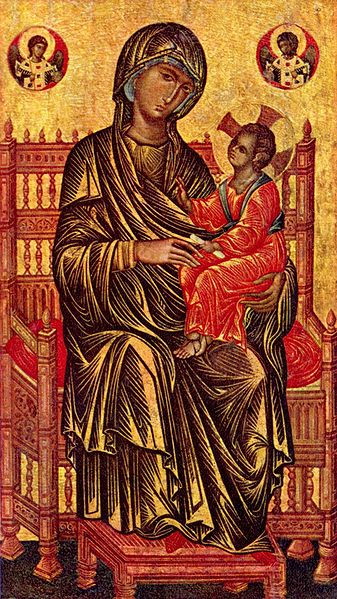
by talo-Byzantinischer Maler
This Tuesday, many people around the world will celebrate Christmas. For many in Western culture, the holiday has come to simply represent things like family, giving, and togetherness. But for Christians, it is still the celebration of the birth of their Savior, Jesus Christ, the son of God.
The birth of Jesus in the Christian tradition means life, in two very important ways. First, the life-giving power of God is celebrated, as Jesus is believed to have been born of the Virgin Mary. Second, he represents everlasting life after death as the Savior sent to die for the sins of the world. While images of Jesus typically focus on his sacrificial death, we look to images of his mother, the Virgin Mary, for images that represent the all-encompassing importance of his life.
Referred to in art terminology generally as “The Madonna” (Italian for our lady), Mary has become an iconic image in art throughout history.
Typically depicted along with the Virgin in paintings or sculptures are colors and images that symbolize purity, virginity, love, royalty, everlasting life, innocence, youth, chastity, and immortality. Mary as the Mother of God represents an image of life, both the purity of the life to which she gave birth, as well as the everlasting life that Jesus Christ represents to followers of the Christian faith.
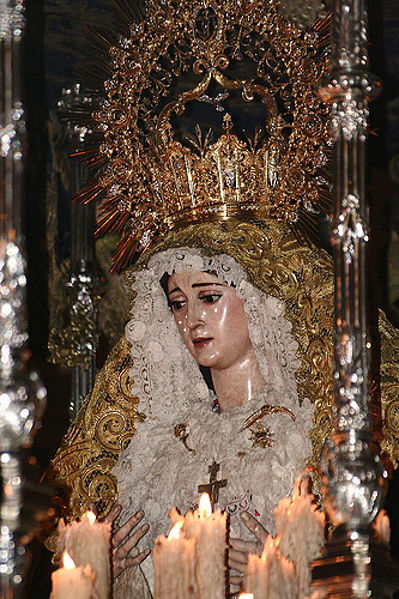
Nuestra Señora de la Palma – statue created in 2006
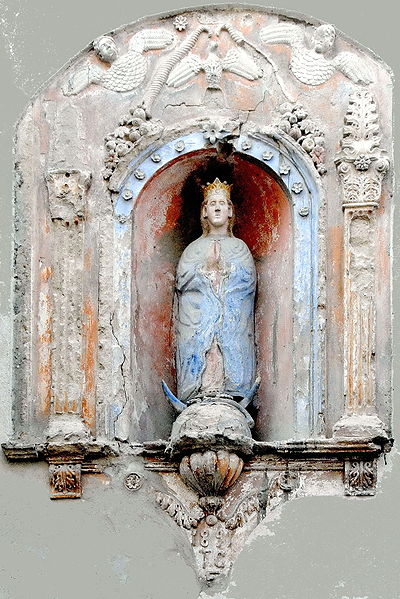
Statue of a crescent Madonna in modern-day Italy
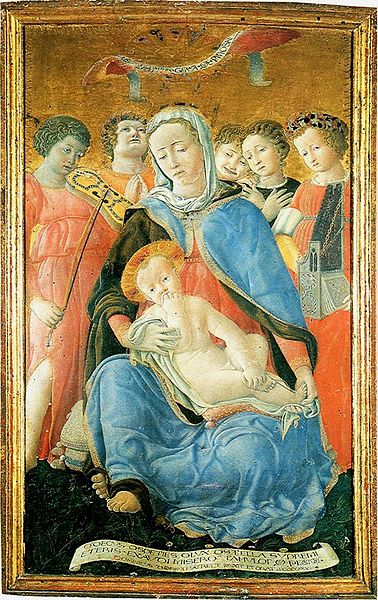
Madonna of humility by Domenico di Bartolo
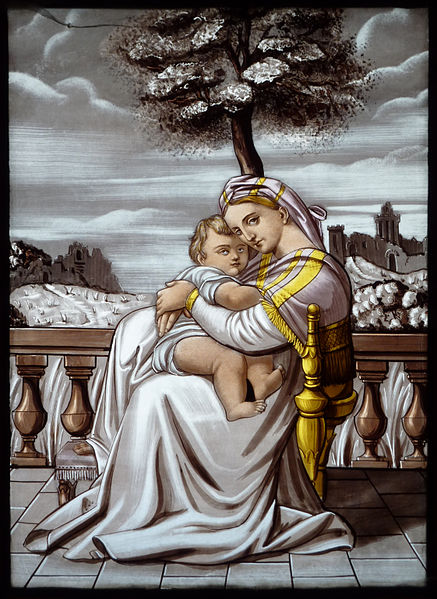
Mother & Child, from a stained glass window in the Montparnasse cemetery
Images from Wikimedia Commons
For more on life and death in art and history, see:

 The Madonna as a Symbol of Life
The Madonna as a Symbol of Life


 Recovering Cremation Remains After the Los Angeles Fires
Recovering Cremation Remains After the Los Angeles Fires
 “As Tears Go By” by Marianne Faithfull
“As Tears Go By” by Marianne Faithfull
 “The Sea” by John Banville
“The Sea” by John Banville














